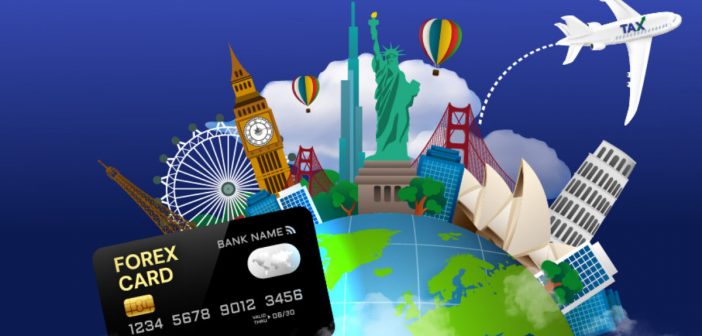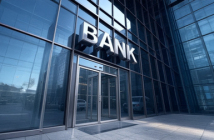Forex travel cards, offered by banks and NBFCs (Non-Banking Financial Companies) in India, are touted as convenient and safe alternatives to carrying cash while traveling abroad. However, beneath the surface of their apparent ease lies a web of hidden charges that can significantly impact your travel budget. This article delves into the often overlooked costs associated with forex travel cards, empowering you to make informed decisions before embarking on your next international adventure.
1. The Currency Conversion Mark-up: A Sneaky Erosion of Value
While forex cards eliminate the need for physical currency exchange, they do not guarantee a transparent conversion rate. Banks and NBFCs often add a mark-up to the wholesale exchange rate, leading to a subtle but significant erosion of your spending power. This mark-up can range from 1-5%, depending on the card issuer and the currency being used.
To understand the impact, consider this example: If the wholesale exchange rate for USD/INR is 80 but your forex card has a 2% mark-up, you will receive only INR 78.40 for every USD 1 spent. This seemingly small difference can quickly add up over the course of your trip, eating into your travel budget.
2. ATM Withdrawal Fees: Double the Bite
Withdrawing cash from ATMs abroad using your forex card often incurs a double whammy of charges. Firstly, the card issuer may levy a withdrawal fee, typically ranging from 2-5% of the withdrawal amount. Secondly, the ATM operator itself may charge a separate fee, further reducing your available funds.
To mitigate these charges, research the ATM network associated with your forex card and prioritize ATMs within that network to potentially avoid additional fees. Additionally, consider withdrawing larger sums less frequently to minimize the impact of per-transaction charges.
3. Inactivity Fees: A Penalty for Non-Usage
Some forex cards come with inactivity fees, which are charged if the card remains unused for a certain period, typically 6 months. These fees can range from a fixed amount to a percentage of the remaining balance, effectively penalizing you for not actively using the card.
To avoid these unnecessary charges, ensure you utilize your forex card throughout your trip. If you have multiple cards, prioritize using the one with the lowest inactivity fee to optimize your spending.
4. Reload Fees: Topping Up Comes at a Cost
While reloading your forex card with additional funds provides flexibility, it often comes with a fee. This reload fee can be a flat amount or a percentage of the reloaded amount, adding an extra expense to your travel budget.
To minimize reload charges, plan your currency needs beforehand and load sufficient funds onto your card before departure. If additional funds are required, consider using online platforms that offer competitive reload rates or partner with family or friends abroad to avoid hefty reload fees.
5. Hidden Costs in Plain Sight: Transaction Charges and Balance Enquiry Fees
Beyond the major charges mentioned above, several seemingly minor fees can add up. These include transaction charges for using your card at POS terminals (though less common), balance enquiry fees for checking your remaining balance at ATMs, and even card replacement fees in case of loss or damage.
Scrutinize the fine print of your forex card agreement to identify these hidden charges and plan accordingly. Opting for cards with minimal transaction fees and utilizing online banking platforms for balance checks can help you save on these seemingly insignificant but cumulative costs.
Research and Comparison: Your Shield Against Hidden Costs
Before acquiring a forex travel card, conduct thorough online research. Compare the offerings of various banks and NBFCs, paying close attention to the specific charges associated with each card. Analyze the currency conversion mark-up, ATM withdrawal fees, inactivity fees, reload fees, and any other hidden charges mentioned in the terms and conditions.
Additionally, consider online platforms that offer forex cards with competitive rates and transparent fee structures. These platforms often provide detailed fee comparisons and allow you to choose the card that best suits your travel needs and budget.
By understanding and anticipating the hidden charges associated with forex travel cards, you can make informed decisions and optimize your travel budget. Remember, a little research and comparison can go a long way in ensuring a financially stress-free travel experience.






